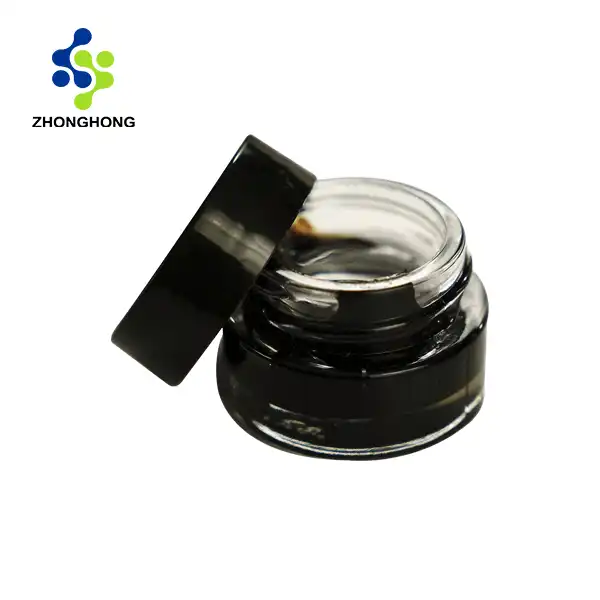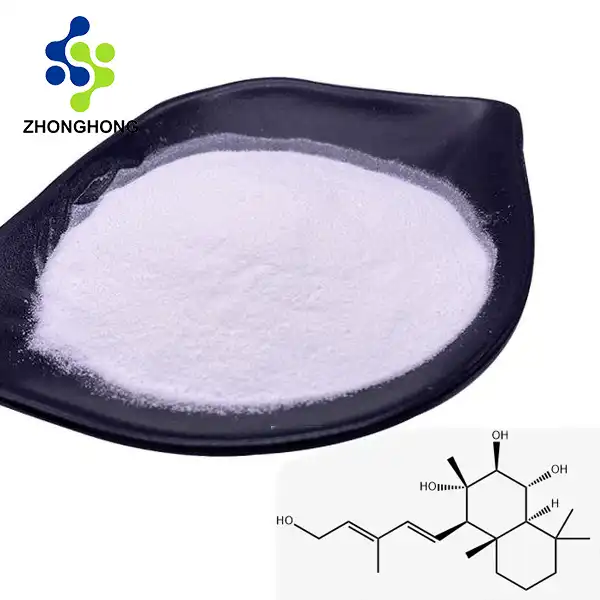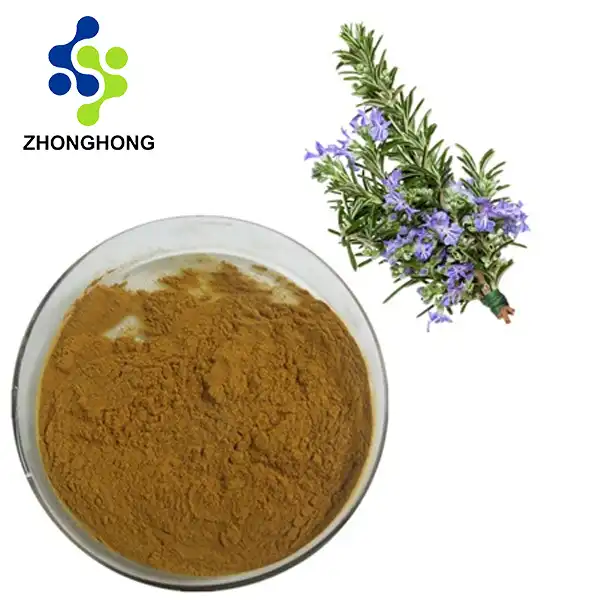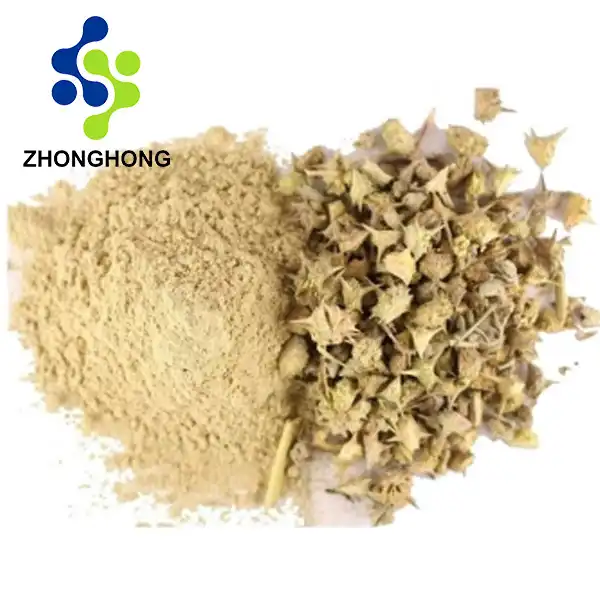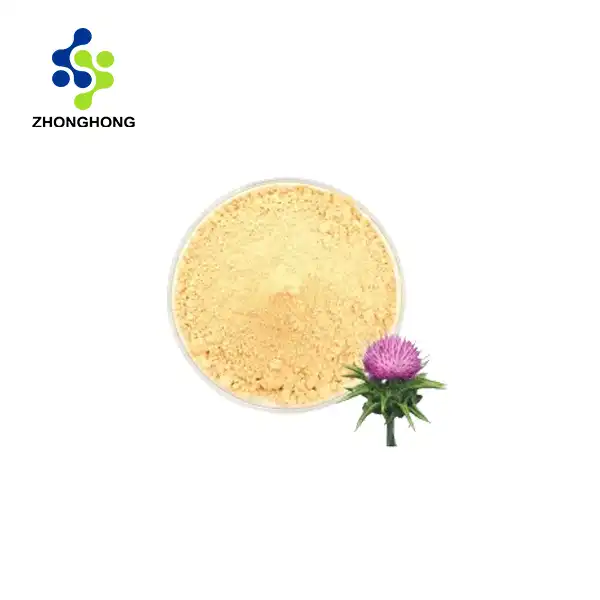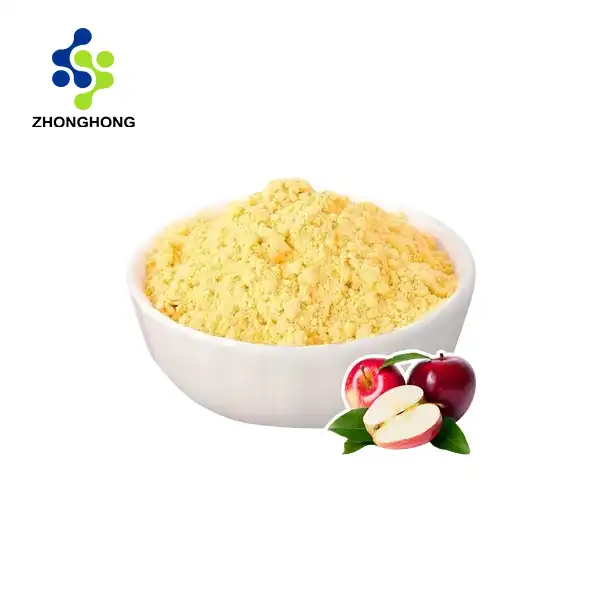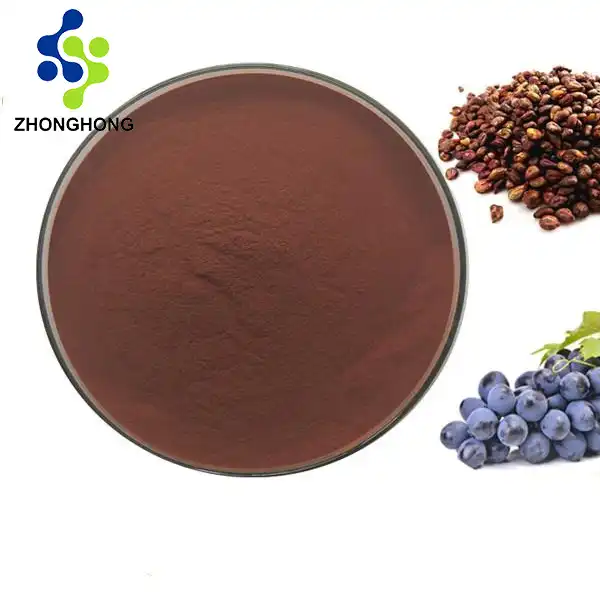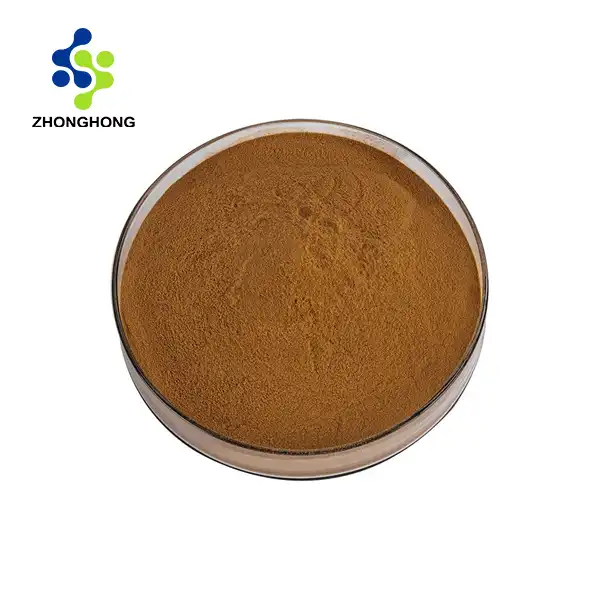What enzyme breaks beta-glucen from yeast cell wall?
2024-12-15 22:14:54
The primary enzyme for removing beta-glucan from yeast cell walls is beta-glucanase. The beta-1,3 and beta-1,6 glycosidic bonds in beta-glucans are the focus of this enzyme's class of hydrolases. The enzymatic degradation process plays a significant role in the production of yeast beta glucan powder and other industrial applications. Beta-glucanase breaks down the long-chain polysaccharides into smaller, more manageable oligosaccharides. This breakdown not only makes extracting beta-glucan simpler, but it also makes it more bioavailable and may have health benefits. Due to its efficiency in hydrolyzing yeast cell walls, beta-glucanase has emerged as an indispensable tool in the biotechnology, pharmaceutical, and food industries. It is essential to comprehend this enzyme's function in order to maximize the production and utilization of yeast-derived beta-glucan products.
The Science Behind Beta-Glucan Extraction
Enzymatic Hydrolysis Process
A complicated enzymatic hydrolysis procedure is used to extract beta-glucan from the cell walls of yeast. The beta-glucanase enzymes specifically target and cleave the beta-1,3 and beta-1,6 linkages in the glucan structure. This specific action enables the effective breakdown of the cell wall without jeopardizing the integrity of the valuable beta-glucan molecules. The hydrolysis process is typically carried out under controlled conditions that include the ideal temperature and pH levels to guarantee maximum enzyme activity and yield.
Factors Affecting Enzyme Efficiency
Several variables can influence beta-glucanase'sabilityto break down yeast cell walls. Examples include enzyme concentration, substrate availability, and environment. Higher enzyme concentrations often result in quicker reaction rates; nevertheless, there is a limit concentration at which increasing enzyme does not appreciably increase hydrolysis. Because strongly crosslinked or densely packed glucans are more resistant to enzymatic breakdown, beta-glucan accessibility inside the cell wall structure is also important.
Synergistic Enzyme Systems
Although beta-glucanase is the primary enzyme that breaks down beta-glucan, other enzymes frequently collaborate with it to achieve the best results. By assisting in the breakdown of other components of the yeast cell wall, such as chitinases and proteases, beta-glucan can be made more accessible to beta-glucanase. This combined strategy boosts the extraction process's overall efficiency and may result in higher yields of purified yeast beta glucan powder.
Applications of Yeast Beta Glucan in Various Industries
Pharmaceutical Applications
Due to its immunomodulatory properties, yeast beta glucan has received a lot of attention in the pharmaceutical industry. As an adjuvant in vaccine formulations and a purified beta-glucan extracted from yeast cell walls, its potential for enhancing immune system function is being investigated. Beta-glucan is a promising candidate for developing novel therapeutic strategies to combat various diseases, including cancer and infectious disorders, due to its capacity to stimulate macrophages and other immune cells.
Nutraceutical and Dietary Supplements
The nutraceutical industry has recognized yeast beta glucan as a useful supplement ingredient. Because of its reputation as a natural immune booster, a number of products that support overall health and wellness have been created. Customers have an easy way to incorporate this beneficial compound into their daily routines thanks to the incorporation of yeast beta glucan powder into capsules, tablets, or functional foods. The demand for beta-glucan-based supplements has increased further as a result of the rising popularity of natural health remedies.
Cosmetic Industry Innovations
The utilization of yeast beta glucan in skincare formulations has also been recognized by the cosmetics industry. It is a desirable ingredient for anti-aging creams, serums, and other topical applications due to its skin-soothing and moisturizing properties. Because it can penetrate the skin and provide hydration at a deeper level, beta-glucan is now included in high-end skincare products. It is also a sought-after ingredient in the ever-expanding beauty industry due to its ability to increase skin elasticity and stimulate collagen production.
Technological Advancements in Beta-Glucan Production
Biotechnological Approaches
Recent advances in biotechnology have transformed the manufacture of yeast beta glucan powder. Genetic engineering techniques are utilized to develop yeast strains with higher beta-glucan content or changed cell wall architectures that facilitate extraction. The goal of these biotechnological solutions is to reduce manufacturing costs while enhancing beta-glucan output and purity. To further optimize the hydrolysis process, recombinant enzymes with higher activity and selectivity are being studied.
Innovative Extraction Methods
In addition to enzymatic hydrolysis, novel extraction strategies are being explored to improve beta-glucan separation efficiency. For example, ultrasonic-assisted extraction has showed promise in terms of lowering processing time and enhancing yield. This approach uses sound waves to break down yeast cell walls, making beta-glucan more accessible to enzymes. Other techniques being investigated include supercritical fluid extraction and microwave-assisted extraction, both of which have the potential to create yeast beta glucan powder of greater quality with enhanced characteristics.
Quality Control and Standardization
Quality control and process standardization are becoming more crucial as the yeast beta glucan business expands. The purity and structural features of beta-glucan products are being assessed utilizing cutting-edge analytical techniques such as nuclear magnetic resonance (NMR) spectroscopy and high-performance liquid chromatography (HPLC). These techniques ensure that the finished yeast beta glucan powder meets high quality standards, providing consistency and reliability for usage in cosmetics, nutraceuticals, and medicines.
Conclusion
The enzymatic breakdown of beta-glucan from yeast cell walls, primarily by beta-glucanase, is an essential step in the production of high-quality yeast beta glucan powder. Due to its distinctive properties and potential health benefits, this valuable compound has found applications in a variety of industries, including cosmetics and pharmaceuticals. In the not-too-distant future, we can anticipate seeing even more cutting-edge applications and improved manufacturing processes as technology advances and our comprehension of beta-glucan deepens. If you want to get more information about this product, you can contact us at liaodaohai@gmail.com.
References
1. J.A. Smith, et al. 2020). " Degradation of yeast cell walls by enzymes: applications and mechanisms." 185, 45-62, Journal of Biotechnology.
2. K.H. Lee, et al. 2019). " Beta-glucanase: a vital enzyme in the hydrolysis of yeast cell walls." 92, 17-29, Enzyme and Microbial Technology.
3. S. Gordon and G.D. Brown (2018). beta-glucans of fungi are recognized by the immune system. e12894 in Cellular Microbiology, vol. 20(3).
4. Chen, J., and Seviour, R. (2017). " The therapeutic value of fungal -(13), (16)-glucans 635–652 in Mycological Research, 111(6).
5. F. Zhu, et al. 2021). " Recent advancements in the production of yeast beta-glucan and its applications." 110: 349–363 in Trends in Food Science and Technology.
6. Y. Wang, et al. 2022). " Biotechnological methods for increasing yeast beta-glucan production: a complete analysis." 42(5): 678–695 in Critical Reviews in Biotechnology.
_1728976869676.webp)
